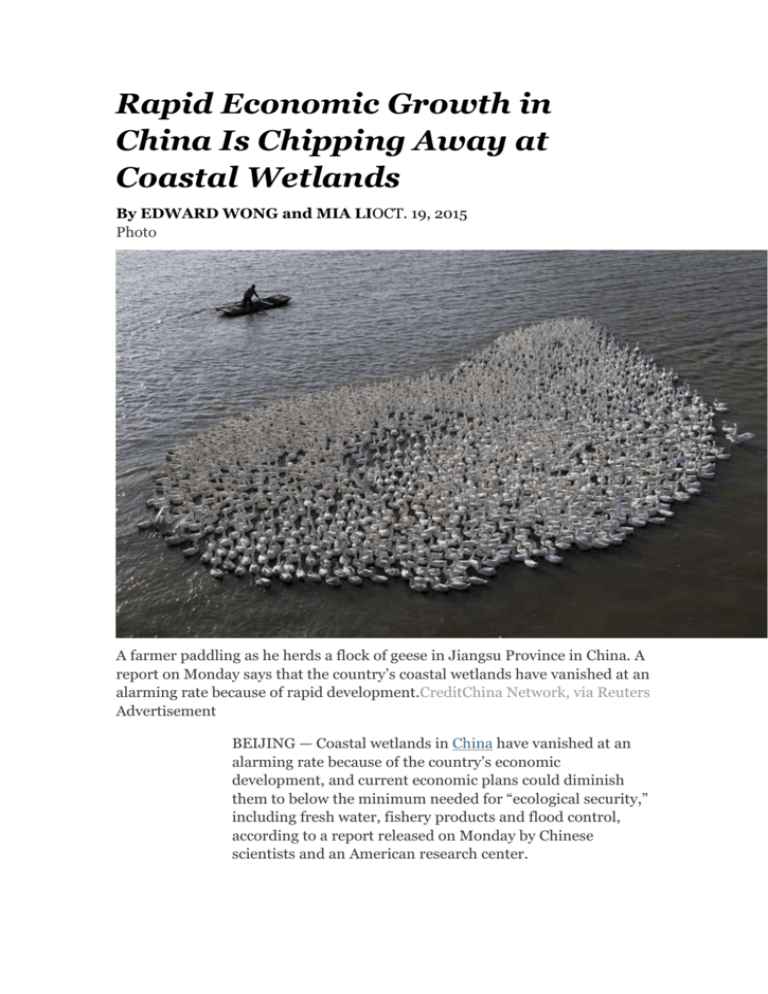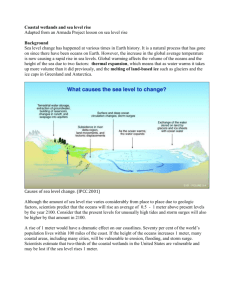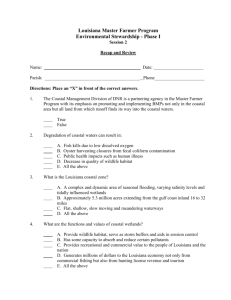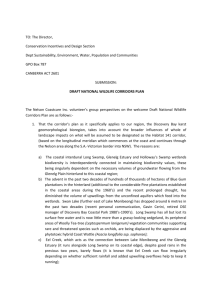Rapid Economic Growth in China Is Chipping Away at Coastal
advertisement

Rapid Economic Growth in China Is Chipping Away at Coastal Wetlands By EDWARD WONG and MIA LIOCT. 19, 2015 Photo A farmer paddling as he herds a flock of geese in Jiangsu Province in China. A report on Monday says that the country’s coastal wetlands have vanished at an alarming rate because of rapid development.CreditChina Network, via Reuters Advertisement BEIJING — Coastal wetlands in China have vanished at an alarming rate because of the country’s economic development, and current economic plans could diminish them to below the minimum needed for “ecological security,” including fresh water, fishery products and flood control, according to a report released on Monday by Chinese scientists and an American research center. “The life-support system is degenerating,” Lei Guangchun, a dean at Beijing Forestry University who was a lead researcher on the study, said in an interview on Monday. “Wetlands are the core of biodiversity along the coastlines. Now they are disappearing.” Mr. Lei said that 60 percent of China’s natural coastline has disappeared because of development. Henry M. Paulson Jr., chairman of the Paulson Institute and a former United States Treasury secretary, said in a written statement that “it is time to rethink the economic development model of the past and take decisive actions toward a more sustainable economic transition.” Among the chief political questions in China is whether President Xi Jinping is serious about transforming the nation’s infrastructure-driven economic model to a more sustainable one, and whether he has the power to do so. This is expected to be a main topic at a plenary session this month of the Communist Party’s Central Committee, which plans to discuss the 13th Five-Year Plan for economic development. Last year, the State Council, which is China’s cabinet, and the State Forestry Administration announced that China had to ensure that by 2020, coastal wetlands did not fall below a “red line” of 131 million acres — the minimum necessary for ecological security. But plans to reclaim land from the sea and other projects endanger that goal, the report said. “Sea reclamation is deemed as the quickest and cheapest way to increase land supply in China’s eastern coastal areas,” the report said. It added that “huge economic returns from reclamation have prompted local governments to ‘bypass’ regulations issued by the central government.” The report pointed to systemic problems with environmental conservation efforts. It said that “the legal system and effective legal basis remains inadequate to conserve coastal wetlands in China. Coastal wetland conservation efforts in China are still confronted with conflicts of multiple institutions and mechanisms.” This last point became evident at a news conference about the report on Monday that central government officials from various agencies attended. Several officials thanked the researchers but said that their agencies did not bear sole responsibility for protecting coastal wetlands. The report called for the central government to form a more systematic approach to wetlands conservation, an effort that now involves the overlapping authorities of 12 agencies and 11 coastal administrative areas. The report identified about 180 priority areas for conservation along the east coast, as well as 11 of the most important habitats for migratory birds. Zhang Zhengwang, a professor of zoology at Beijing Normal University who worked on the report, said Chinese coastal wetlands lay on the most important of nine global routes for migratory birds and were a critical resting point. “China’s wetlands are the only gas station, so to speak, along the way,” he said in an interview. “If they cannot feed here, they will die.”











